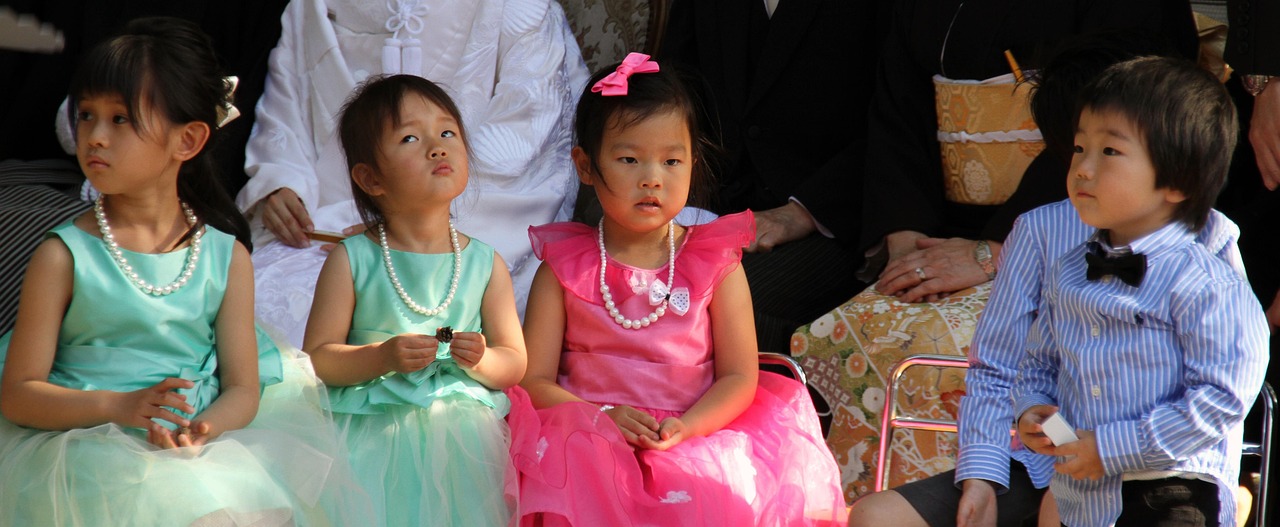Nursery school plays a critical role in early childhood development by offering a structured environment for young children to learn social, cognitive, and motor skills. It provides a foundation for lifelong learning by fostering curiosity, communication, and basic problem-solving abilities.
Children in nursery school interact with peers and teachers, which helps build essential social skills like sharing and cooperation. These early experiences support emotional growth and prepare children for the demands of primary education.
Understanding Nursery School
Nursery schools serve as early childhood education centers focusing on basic learning and social development. They accept young children within specific age ranges and operate under different organizational models depending on the community’s needs and regulations.
Definition and Purpose
A nursery school is an educational institution for young children before they begin compulsory schooling. Its main purpose is to provide early learning experiences, social interaction, and care in a safe environment. Activities often include play-based learning, early literacy, and motor skills development.
Nursery schools also support working parents by offering part-time or full-time care. They contribute to a child’s emotional development by encouraging cooperation, sharing, and communication.
Age Groups and Enrollment Criteria
Most nursery schools enroll children between 2 and 5 years old, though some accept children as young as 6 months for infant care. The exact age range can vary by country or region.
Enrollment criteria may include health records, immunizations, and sometimes interviews or assessments. Some schools prioritize local residents or siblings of current students. Attendance can be full-day or half-day depending on the program offered.
Types of Nursery Schools
Nursery schools fall into several categories:
- Public: Funded and operated by government bodies, often more affordable.
- Private: Run independently with tuition fees, potentially offering specialized curricula.
- Montessori and Reggio Emilia: Emphasize child-led learning and exploration.
- Community-based: Small-scale, located within neighborhoods or churches, sometimes run by volunteers.
Each type varies in cost, curriculum focus, and teacher qualifications. Parents choose based on their child’s needs and family circumstances.
Key Features of Nursery School
Nursery schools emphasize early childhood development through structured activities, qualified staff, and secure environments. They blend educational goals with social and emotional growth tailored to young children’s needs.
Curriculum and Learning Approaches
Nursery schools use age-appropriate curricula focusing on foundational skills like language, motor coordination, and basic math concepts. Play-based learning is central, fostering creativity and problem-solving through interactive activities.
Many programs incorporate sensory experiences, storytelling, and music to enhance cognitive and social development. The curriculum often adjusts to individual progress, balancing structured lessons with free play.
Assessment is informal, relying on observation rather than tests. This approach helps identify areas needing support without pressuring children.
Role of Teachers and Staff
Teachers in nursery schools are trained in early childhood education and child psychology. They create supportive atmospheres that encourage exploration and confidence.
Staff facilitate group activities and manage daily routines, ensuring smooth transitions between tasks. They also communicate regularly with parents about development and behavior.
Continual professional development is common to keep staff updated on best practices and child safety standards.
Safety and Environment
Nursery schools maintain controlled access to prevent unauthorized entry. Indoor and outdoor play areas are thoroughly inspected for hazards.
Furniture and equipment are child-sized and made from non-toxic materials. Hygiene practices, like regular handwashing and sanitized toys, reduce illness risks.
Emergency procedures, including fire drills and first aid readiness, are standard protocols. Staff are trained to respond promptly to any incidents or health concerns.




Leave a Reply